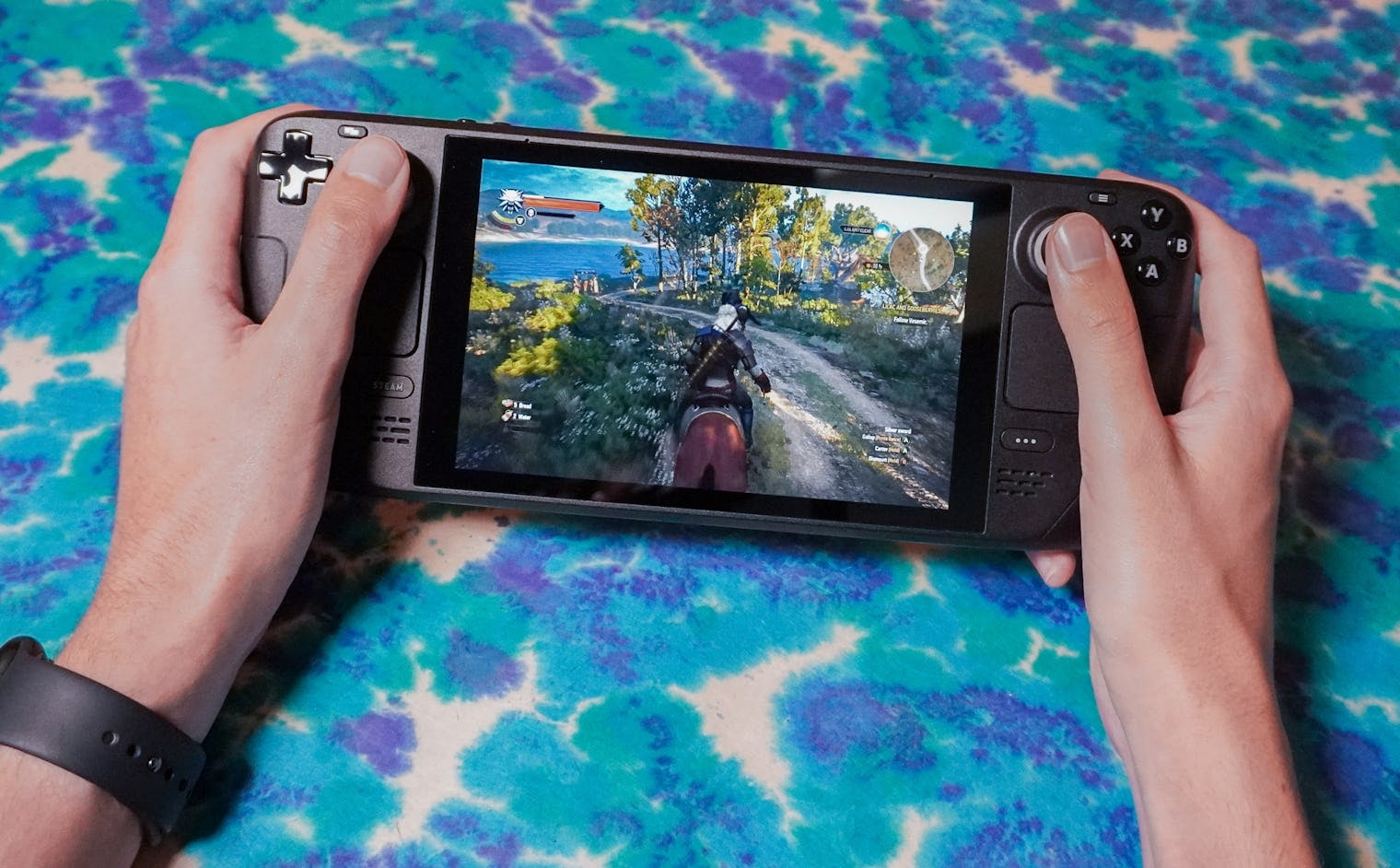
A lot can happen in a year, and since the release of the Steam Deck, Valve’s groundbreaking handheld gaming PC, a lot has.
As we declared, 2022 was the year of the gaming handheld — not just because a major player like Valve successfully dove into the waters and created its first-ever mainstream piece of gaming hardware, but because of all of the non-Valve players too.
You’ve got lesser-known brands like Ayaneo and OneXPlayer, but also increasingly bigger names like Asus’ ROG (that’s Republic of Gamers for the uninitiated), which recently took the wraps off its Windows-based handheld, the Ally, and Lenovo with its Legion Go. And as profound as the number of players in the space is, the number of individual devices those companies are churning out is even more eye-catching.
There are a ton of options out there for anyone interested in a Steam Deck-like device. Maybe even too many. That’s why I’m here to make a second declaration on the state of handheld gaming PCs: If 2022 was the year of the handheld, then 2023 is the year we got too damn many.
Option Overload
When I say there are a lot of options, I mean there are a lot of options. There are a few ways I could prove that point, but arguably none is more salient than taking a cold hard look at Ayaneo.
As an exercise, I consulted a fairly impressive Google Sheet I came across on Reddit that catalogs just how many gaming handhelds have been released in the past few years. I can’t say for sure that it’s fully up to date, but in my survey, Ayaneo has *drum roll* 15 different devices.
Now I’m no tech mogul, but that feels like a lot of handhelds for one company in a fairly nascent product category — and the pace doesn’t seem to be relenting. In fact, just last week Ayaneo announced not one but two more upcoming handhelds. Let me reiterate: in one week.

While some of those options by Ayaneo are disparate — some are big, some are small, some come with detachable controllers — there are also devices that are strikingly similar. I’m looking at you, Ayaneo Air and Ayaneo Air Plus 1S.
And Ayaneo — while arguably the most prolific purveyor of handheld gaming PCs over the past two years — isn’t alone. GPD has also been busy, offering multiple flavors of laptop-like gaming handhelds with seemingly more in the works. This month, its newest addition to the handheld family was the compact GPD Win Mini.
The options are dizzying. Even with differing form factors like the handhelds made by GPD, there’s often crossover between devices. Do you know the difference between Ayn’s Loki Max and Loki Zero? How about the PowKiddy X55 and the PowKiddy X28? Does PowKiddy even know the difference?
Is it possible handheld companies have maybe gone a little too far in trying to blanket every single niche?
Listen, I’ve never been averse to the luxury of having lots of options at my disposal when it comes to buying new gadgets, but is it possible handheld companies have maybe gone a little too far in trying to blanket every single niche?
I don’t know about you, but when I go to pull the trigger on a gadget that costs several hundred dollars (sometimes upwards of $1,000) I don’t want to wade through a sea of duplicative choices. Options are one thing; confusion is a whole other.
So, what’s to be done?
The Steam Deck Approach
My proposition is simple: only make a new handheld when there’s a material upgrade.
And what is a material upgrade you ask? Well, maybe it’s a significant boost in power or a large reduction in size. Maybe it’s an upgraded OLED screen (looking at you, Nintendo). Maybe it's a whole new form factor with a folding screen or, I don’t know, next-gen joysticks (hopefully not that).

I understand the need for competition, but it’s worth asking yourself when exactly competition just becomes oversaturation. I don’t mean to sound grumpy — actually, maybe I do. Handheld gaming PCs are still one of the most exciting new categories of gadgets I can think of offhand, but why kill the magic so soon?
Valve is likely working on a sequel to the Steam Deck and while I’m looking forward to seeing which direction they take with their trendsetting new hardware, I’m also happy to wait for something that feels like a real step forward.
Call me old-fashioned, but I think there is such a concept as too much of a good thing. To use another adage, rote or not, good things come to those who wait. And me personally? I’m waiting for the Steam Deck 2.







